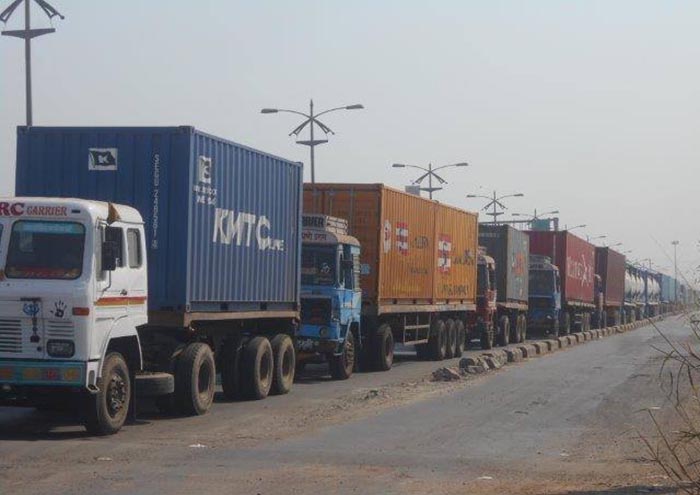India and Nepal plan to launch a pilot base electronic cargo tracking system (ECTS) from 15th February 2019. It is the major tool to ease the movement of cargo within and across international borders which will help to boost intra sub- regional trade.
The ECTS uses satellite positioning systems, cellular communications, radio frequency identification, and other web-based software to ensure the security of cargo. It will be operated by a managed service provider, which will offer an integrated end-to-end system for transit facilitation through a web application covering the filing and processing of the transit declarations as well as tracking. The ECTS will ensure safe and secure transit, simplify border formalities, reduce transit time and transaction cost, and improve shipment visibility. It will provide a tracking facility to customs officials, which should help ensure cargo security, making it possible for them to extend higher levels of facilitation.
In June 2017, Nepal and India signed a memorandum of intent (MOU) to pilot the tracking system to ease transit of cargo by road and rail from Kolkata to four major customs points of Nepal from Kolkata-Birgunj , Kolkata-Biratnagar via Jogbani, and Kolkata-Bhairahawa via Sonauli border .Transport operators that will use the ECTS will enjoy simpler procedures and streamlined documentation.
Currently, clearance of cargo is done through physical inspection and it is time-consuming as well as costly for business.
It uses technology such as satellite positioning systems, cellular communications, radio frequency identification, web-based software and others, to ensure the security of cargo and avoid any interference in transit.
The system incorporates Real-time tracking of cargo from point of loading to point of discharge or offloading.






